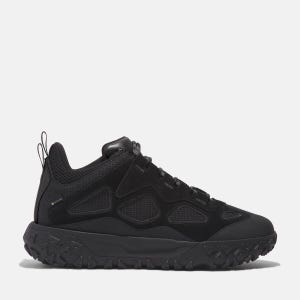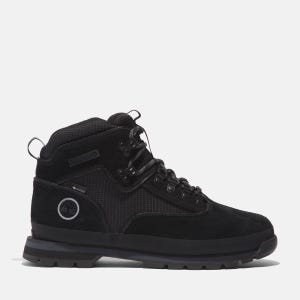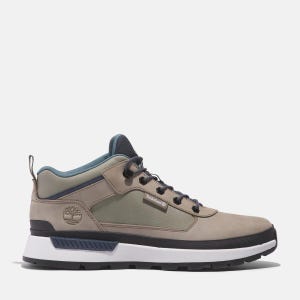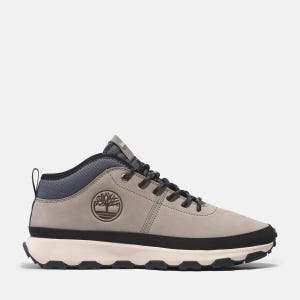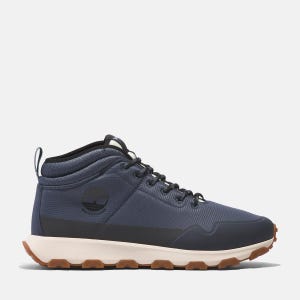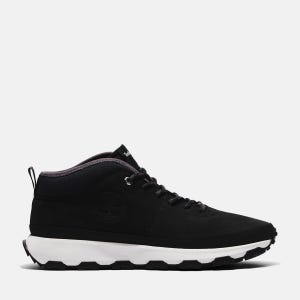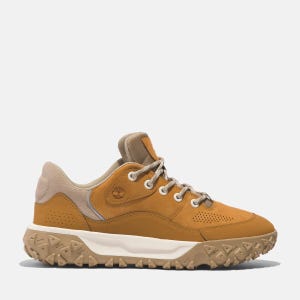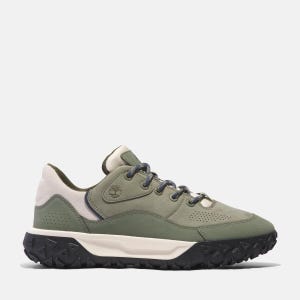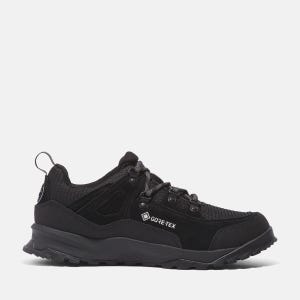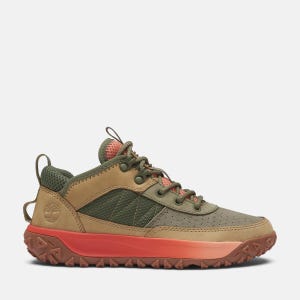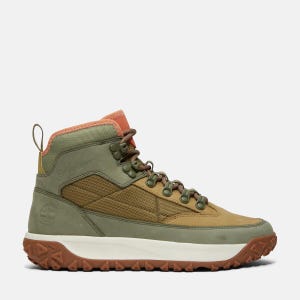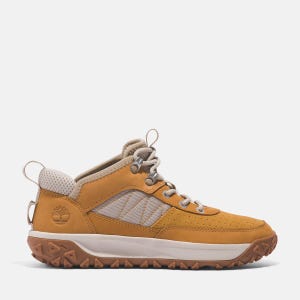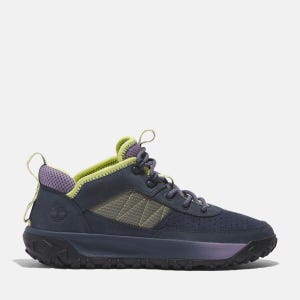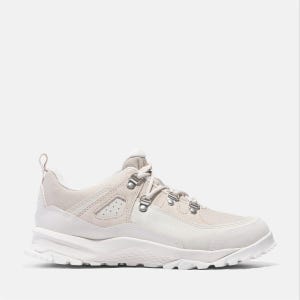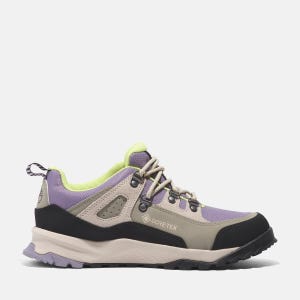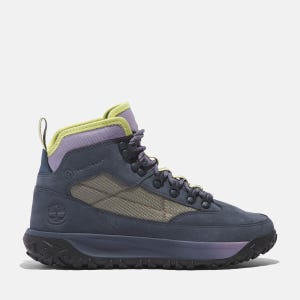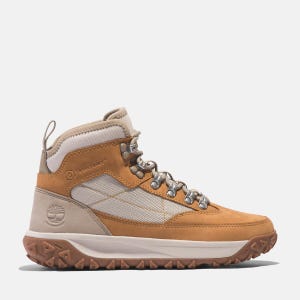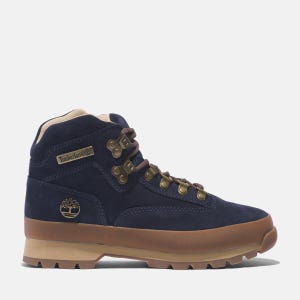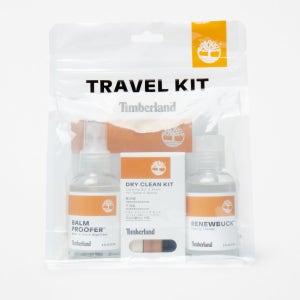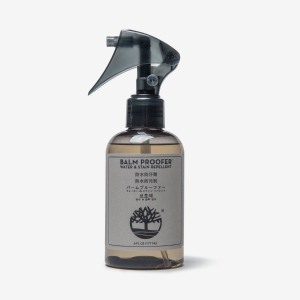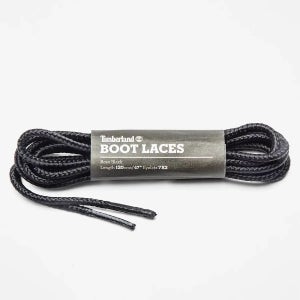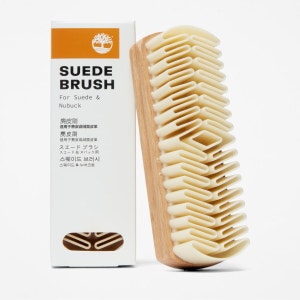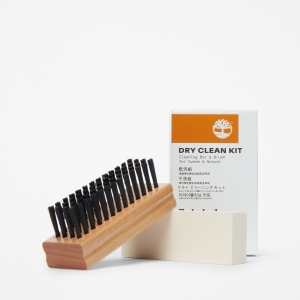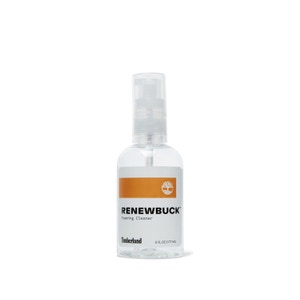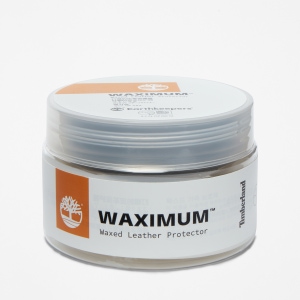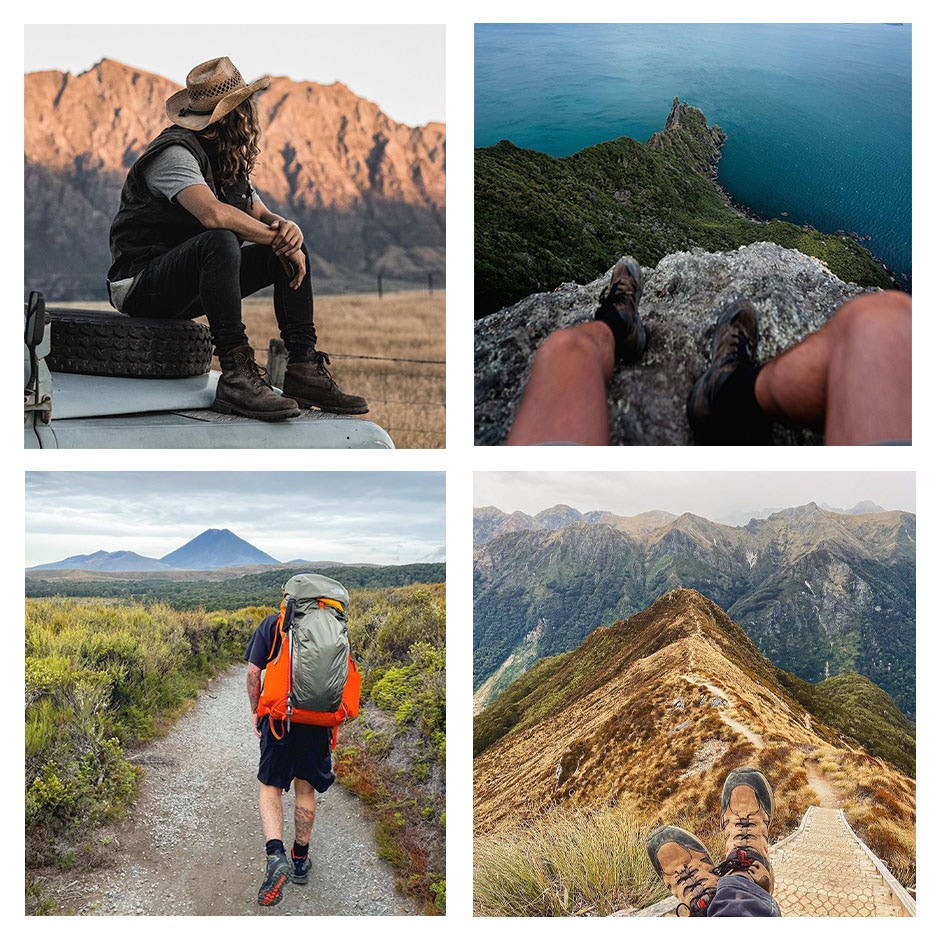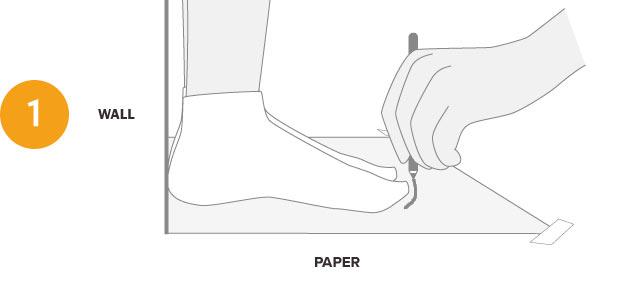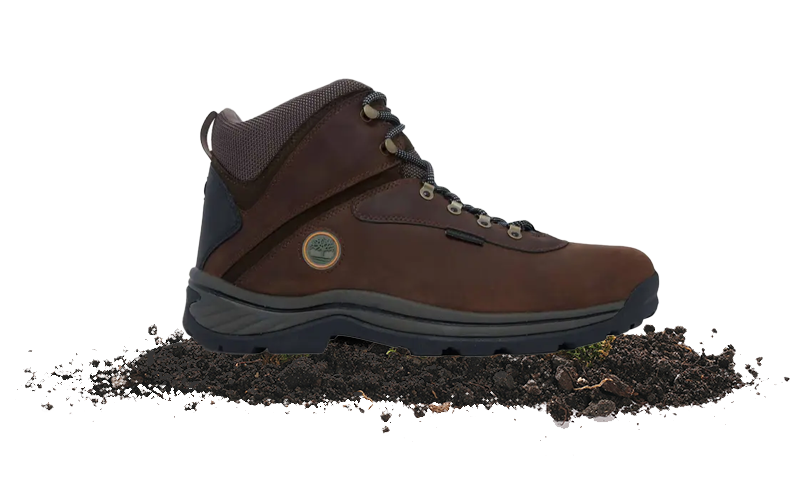

WHICH HIKING
BOOTS ARE
RIGHT FOR ME?

WATERPROOF
HIKING BOOTS
& SHOES
- Breathable
- Waterproof
- Sealed against moisture to keep you powering through
- Perfect for a multi-day or a great walk
SHOP WOMENS

DAY HIKING
HIKING BOOTS
& SHOES
- Designed with comfort in mind
- Full range of motion
- Traction underfoot
SHOP WOMENS

HIKING
INSPIRED
STYLE
- Feature an outdoor aesthetic
- Compliment all your casual looks
SHOP WOMENS
FAQS
The right hiking boots strike the perfect balance between comfort, support, and technology. Our hikers feature the advanced shock-absorbing power of our exclusive anti-fatigue technology, which returns energy to the foot with every stride up the mountain. And we’ve packed our hiking shoes and boots with plenty of extras; some have rubber toe caps, speed-lace rustproof hardware, gusseted tongues and mixed-media uppers for ultimate breathability and performance.
Your hiking boots should be comfortable, with no hot spots or rubbing. Your feet should not slide around inside the boot. You might feel a rush of tiger blood once you’ve laced up the right pair as if you could run all the way up to the summit.
There are a few tried-and-true tips that have come down through years of hiking lore. The first one is: Try boots on later in the day. Your feet swell during the day, and the last thing you need is to be two kilometers into a hike and realise your hiking boots are too tight. Also, try them on with hiking socks. You want an accurate fit as to how it’ll be out in the wilderness - choose supportive, wicking socks which are medium-weight at least.
The last thing you want is to be halfway up a mountain, feel the impending doom of a heel blister, and realise that your new boots don’t fit quite right. You need to become one with your new hiking boots, establishing not only the trust to conquer streams, rocks, and roots together, but also to gain the confidence and comfort that comes with the perfect fit. The #1 way to break in hiking boots: Wear them around! Wear them around your house at first. Start slow, on your carpet, and then out in your backyard, and then road-test them out and about in your daily life. Wear high-quality, wicking hiking socks with them - the same as the ones you’d wear out on the trail.
When you’re out in the backcountry, you may have to deal with blisters, cramped toe boxes, and rough stretches of downhill hiking, which can totally stress out your feet. Luckily, there are different techniques you can use to get some relief. Here’s how to lace hiking boots for different hiking-related issues.
TOP OF FOOT: If you’ve tied your laces super tight and you start to feel pressure or rubbing on the top of your foot, try unlacing the top set of hooks or two and retying the boots a bit lower. Alternatively, you can try the window knot, which simply means that instead of lacing diagonally, you lace vertically over the sore spot, creating a “window” on the boot’s tongue (and then resume diagonally lacing above the problem spot).
TOE BOX: Same philosophy – if your toes are killing you out on the trail, completely unlace and relace your boots, but skip the lowest (first) set of hooks.
Your hiking boots are going to be your adventure companions, so you’ll want to extend their life – and keep them looking good.
Before your new boots even see one tiny grain of dirt or pollen from the woods, they can benefit from some added protection and water resistance. We recommend our Balm Proofer™, a water-based treatment that repels water and protects against stains caused by salt and oil. Just spray it on, wait for it to mostly dry, and then wipe your boots with a cloth.
For full-grain leather boots that aren’t oiled or waxed, our Dry-Cleaning Kit brushes off surface dirt without damaging the nap of the leather. Dried-on dirt from the trails gets easily removed, and stains get erased.



